The emperor penguin ( scientific name: Aptenodytes forsteri) is the largest and heaviest of all living penguin species. It is also endemic to Antarctica. Photo: unionrayo.com.
Every year, emperor penguins travel between 50 and 120 kilometers across the ice to reach their breeding grounds, where thousands of individuals mate. Photo: Bjorn Svensson.
The female emperor penguins then lay a single egg. The male then incubates the egg while the female goes out to sea to forage. Photo: Peter Layt.
However, the British Antarctic Survey (BAS) has just published new research and issued a warning about the future of emperor penguins in the context of serious climate change. Photo: Barry Becker.
Specifically, BAS experts discovered that climate change has led to the loss of sea ice in Antarctica. The emperor penguin is facing the greatest threat as Antarctica is experiencing a 22% decrease in snowfall. Photo: Gary Miller.
Due to the impact of climate change, permanent ice in many places in Antarctica is melting early. This affects the breeding process as well as the development of emperor penguin chicks. Photo: Andrew Burgess.
Before they develop their waterproof adult feathers, emperor penguin chicks can die when exposed to the cold waters of Antarctic waters, leading to a rapid decline in emperor penguin numbers in the coming years. Photo: Robyn Mundy.
According to calculations by experts at BAS, the number of emperor penguins is decreasing by an average of 1.6% per year. Photo: Canva.com.
From here, experts warn that if climate change continues to cause loss of sea ice in Antarctica, more than 90% of emperor penguins will become extinct by the end of the 21st century. Photo: asoc.org.
Source: https://khoahocdoisong.vn/bien-doi-khi-hau-de-doa-xoa-so-chim-canh-cut-hoang-de-post1549734.html


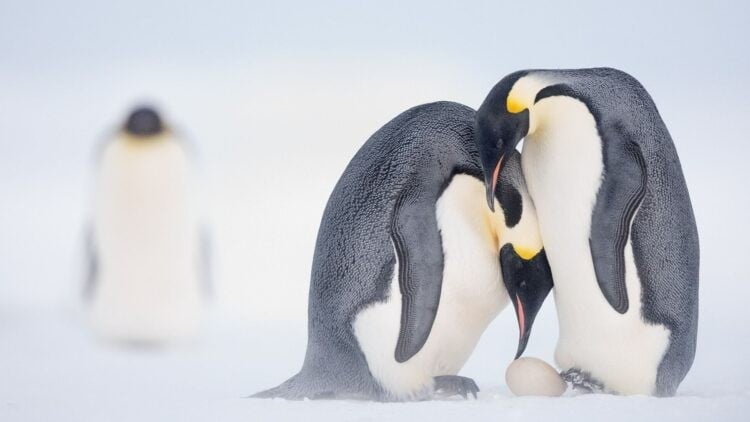
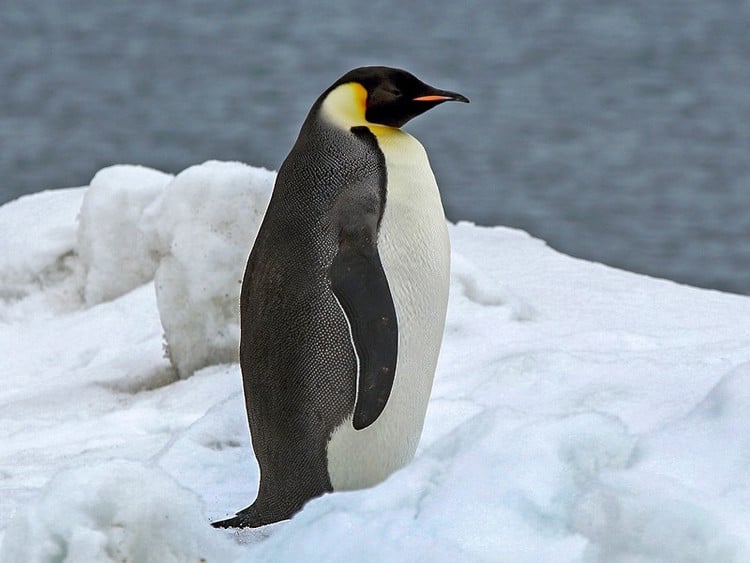
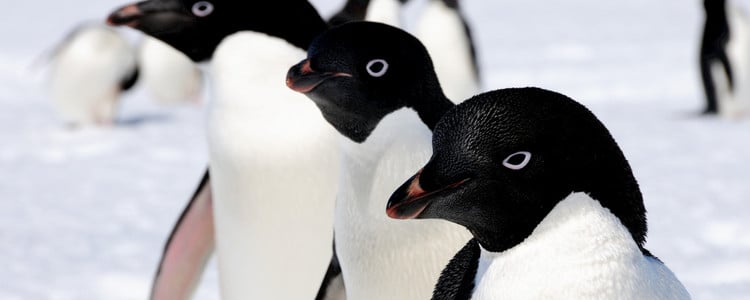
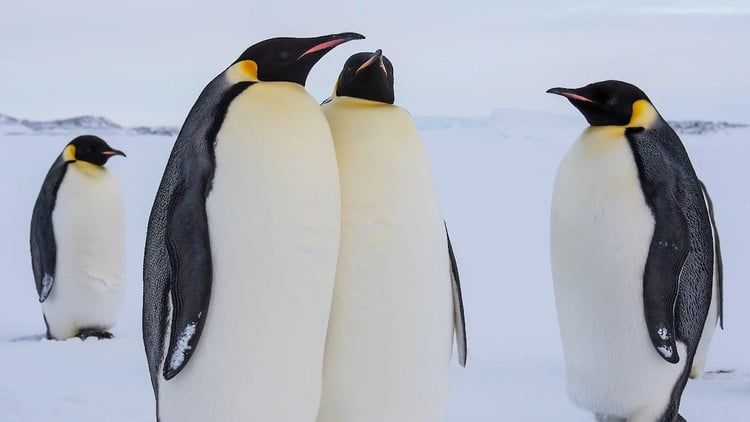
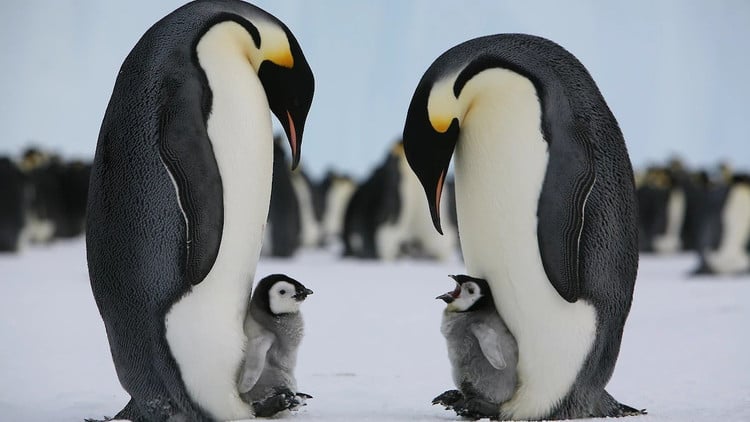
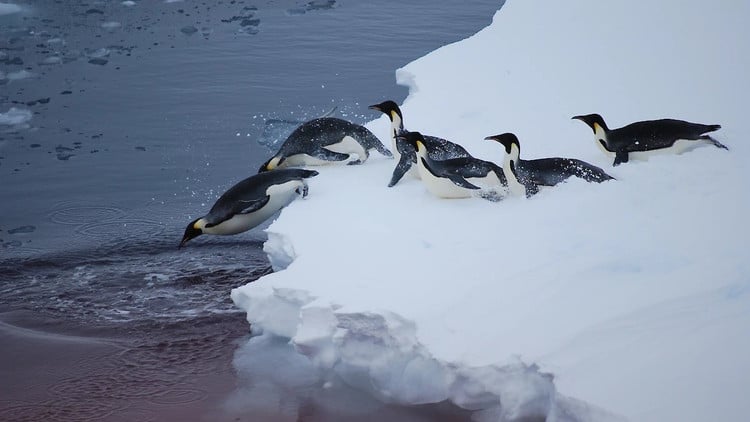
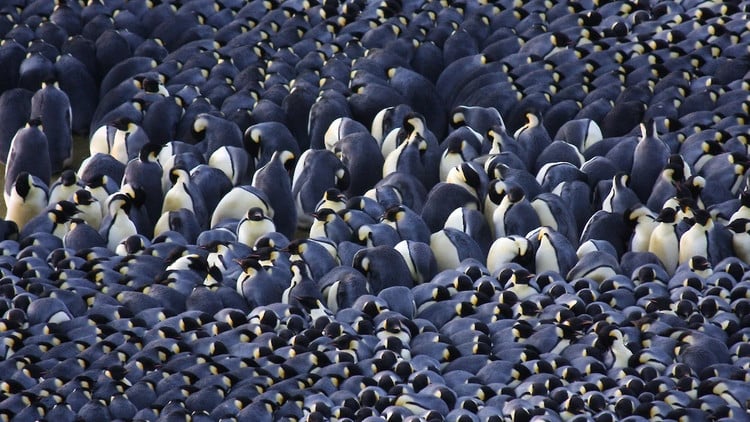
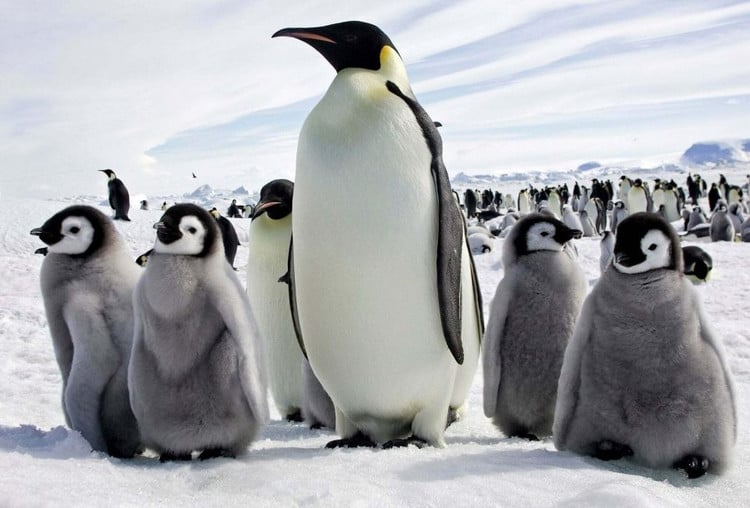
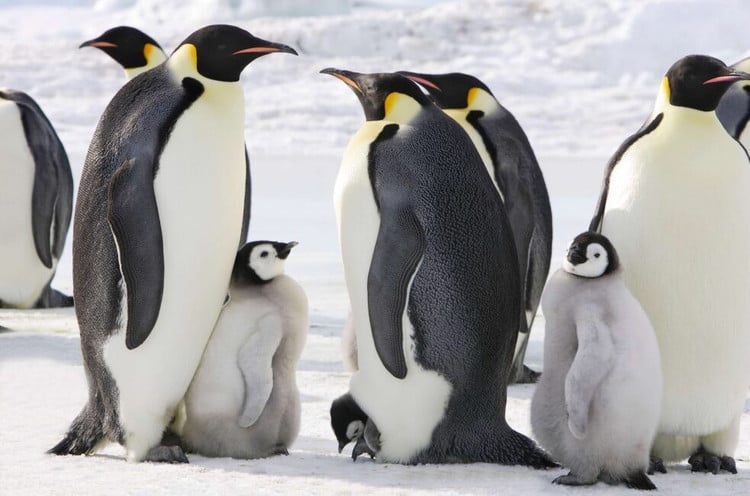



![[Photo] President Luong Cuong receives US Secretary of War Pete Hegseth](https://vphoto.vietnam.vn/thumb/1200x675/vietnam/resource/IMAGE/2025/11/02/1762089839868_ndo_br_1-jpg.webp)

![[Photo] Lam Dong: Images of damage after a suspected lake burst in Tuy Phong](https://vphoto.vietnam.vn/thumb/1200x675/vietnam/resource/IMAGE/2025/11/02/1762078736805_8e7f5424f473782d2162-5118-jpg.webp)



























































































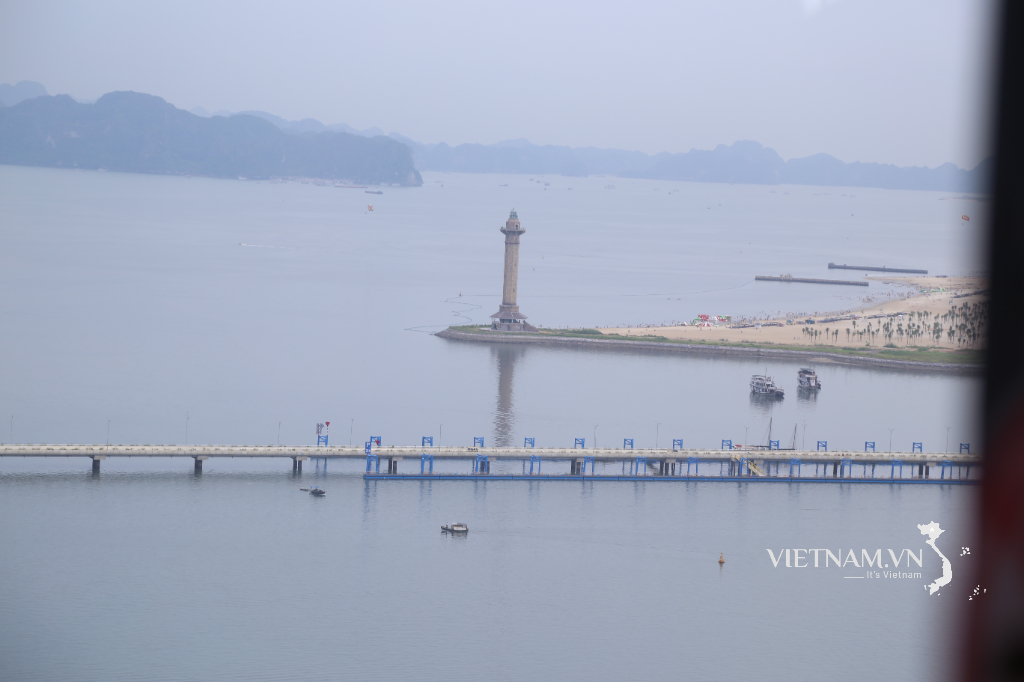

Comment (0)